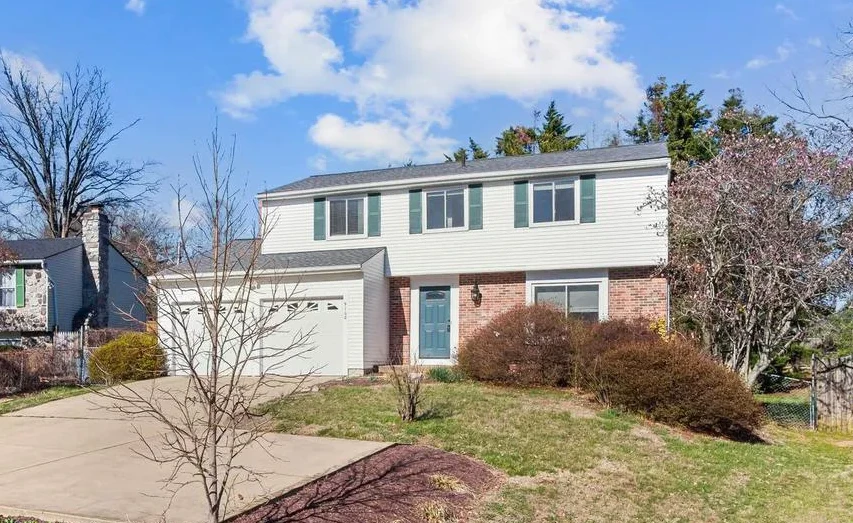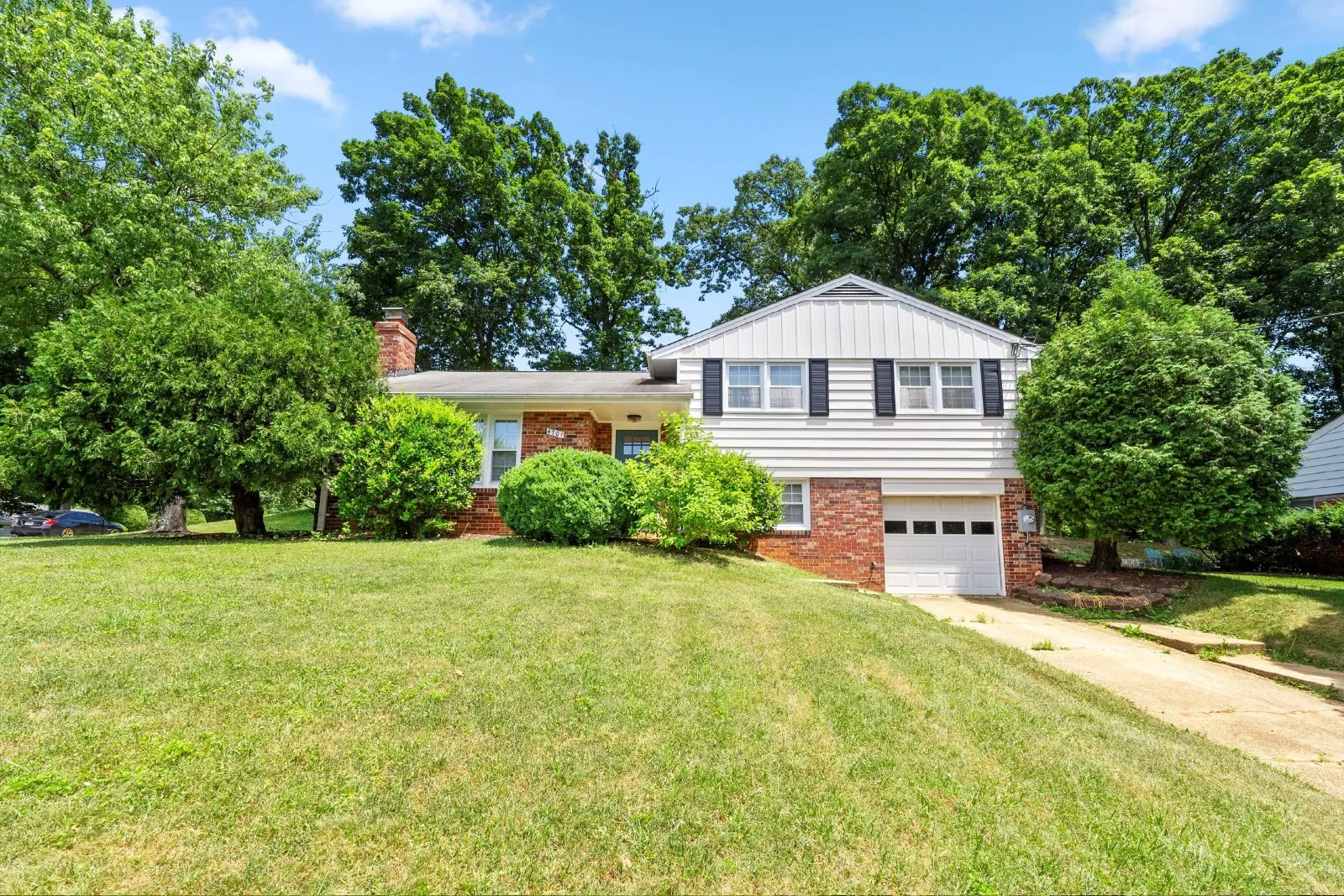Put Your Home in Good Hands. Let us handle the details and work of managing your Northern Virginia rental property while you enjoy life. Free Rental Analysis
If you’re a landlord, doing a detailed move-in inspection before your tenant moves in is one of the most important steps you can take to protect your property and avoid problems later. It may feel tedious, but the time and effort you put in can save you a lot of stress and money in the future. I’ve seen firsthand what can happen when this step gets skipped.
For example, a landlord didn’t inspect the property before the tenant moved in. A year later, the tenant moved out. The floors were damaged and some appliances weren’t working. The landlord said it wasn’t like that before, but he had no proof. The tenant denied responsibility, and the landlord had no way to claim the repair costs. Without documentation, it becomes a case of one person’s word against the other. To avoid this situation, here are the three steps you should take for a move-in inspection:
1. Property condition checklist. A good inspection starts with a solid checklist. Before the tenant moves in, make sure all repairs and updates are complete and the home is clean. Walk through each room, turn on lights, open blinds, and take clear photos of everything, including walls, floors, appliances, and fixtures. Document any marks or damage so you don’t hold the tenant responsible later. Don’t skip small things like exhaust fans, garage doors, or lightbulbs as well. A careful inspection early on helps avoid confusion later.
2. Document everything. Once you’ve gone through your checklist, make sure to document everything. Take clear photos and write notes. This gives you proof of the property’s condition before the tenant moves in. Your tenant isn’t responsible for normal wear and tear or damage that existed before. Having this documentation helps you avoid disputes and protects you when it’s time for the tenant to move out.
There are two ways to do the inspection. One is to do it before the tenant arrives, which is what I usually do. I inspect the home a day or two before a move-in. Then, the tenant can do their inspection and send us any notes. If they find something we missed or something that should be fixed, we take care of it.
The other way is to inspect with the tenant. You walk through the property together, hand over the keys, and show them important things like the water shut-off valve or how to handle outdoor hoses. This also gives your tenant a chance to ask questions and helps you build a good relationship.
3. Store inspection material securely. Once you finish the inspection, save everything in a safe place. If you have software, use it. If not, upload your notes and photos to a folder on your computer or in the cloud. You’ll need them later when it’s time for the move-out inspection. This way, you can compare the two and see what changed.
Photos are especially useful. I remember one case where a tenant claimed a cracked tile wasn’t their fault, but we had a photo showing it was fine before they moved in.
Move-in inspections may take time, but they’re worth it. If you’re not able to do it yourself, hire someone. Some companies offer this service even if they don’t manage your property. They know what to look for and can give you a full report. If you have questions or need guidance, please reach out. You can call me at 703-471-4800 or send an email to sue@richeypm.com. I look forward to hearing from you.
-
Put Your Home in Good Hands. Let us handle the details and work of managing your Northern Virginia rental property while you enjoy life. Free Rental Analysis
-
Which Property Management Path is Right for YOU?. Your unique situation will dictate the best path for you to get what you want, and need, out of turning your home into a rental. Let’s talk about how we can help you.. Book a Discovery Call
-
Getting Great Tenants And How To Avoid The Bad Ones. Get Instant Access to the Get Great Tenants Course. Join Now
-
Property Management Mastery Course. Want to manage your own rental property? Take the time to educate yourself so that you can maximize profits and minimize stress. Learn easy and effective property management strategies.. Sign Up Now
-
Free e-Newsletter. Get my property management Q&A, tips and insights in your inbox.. Subscribe Now







